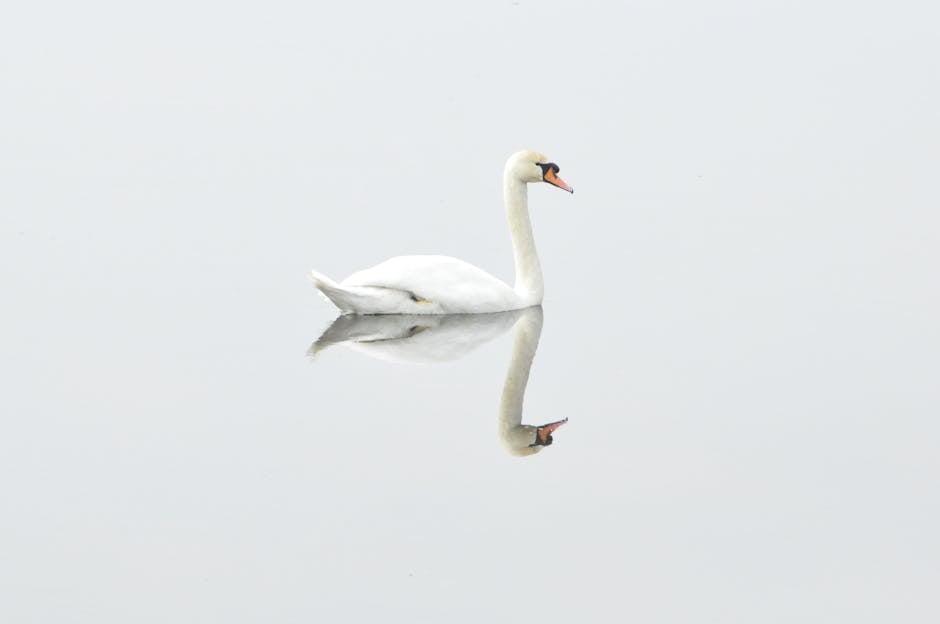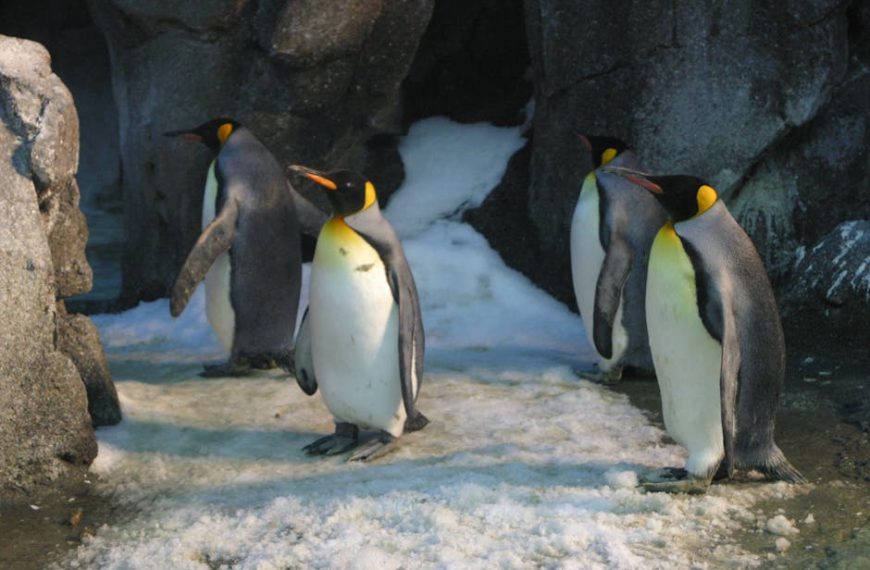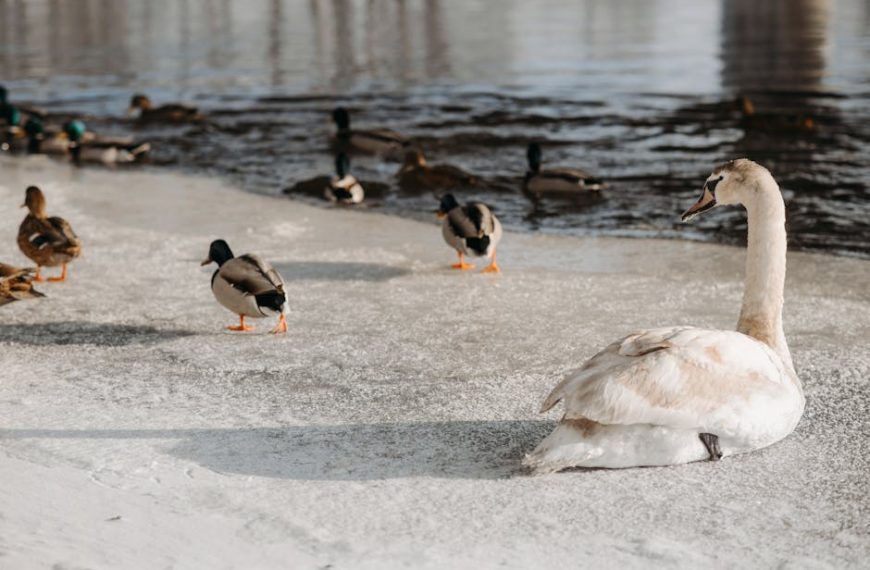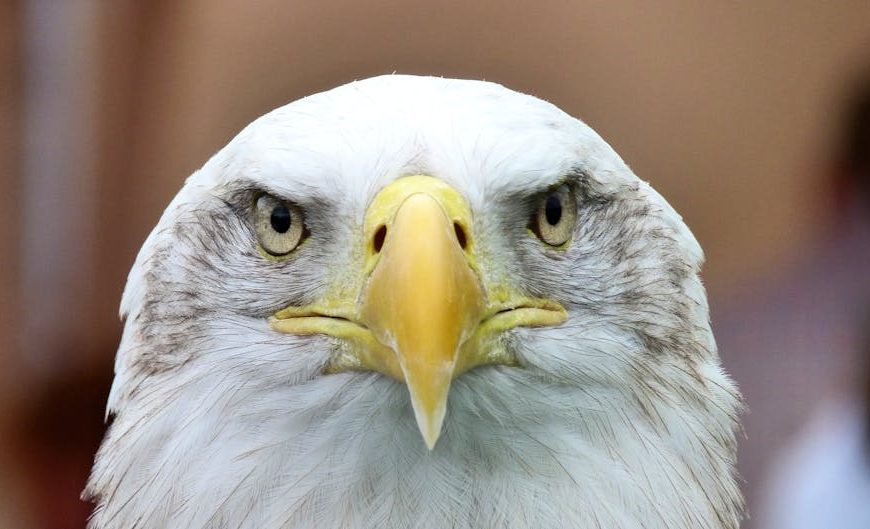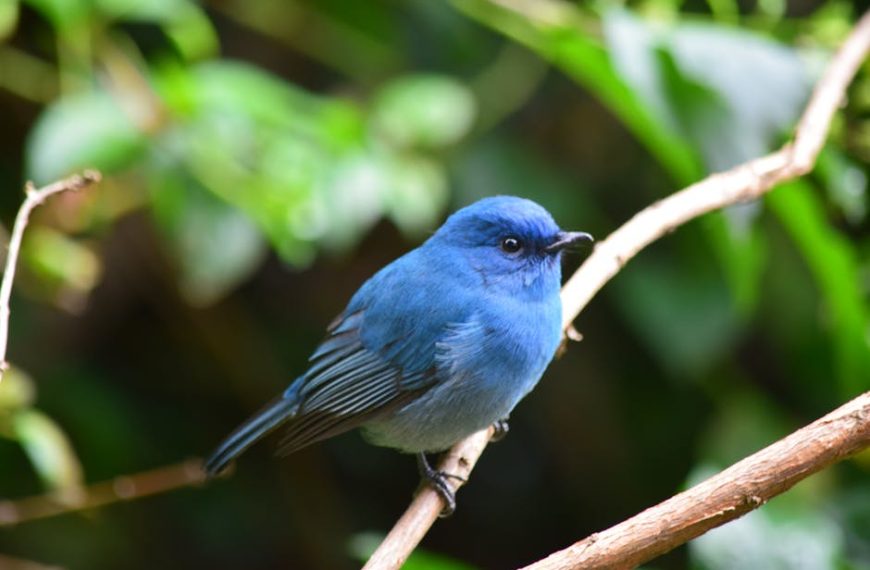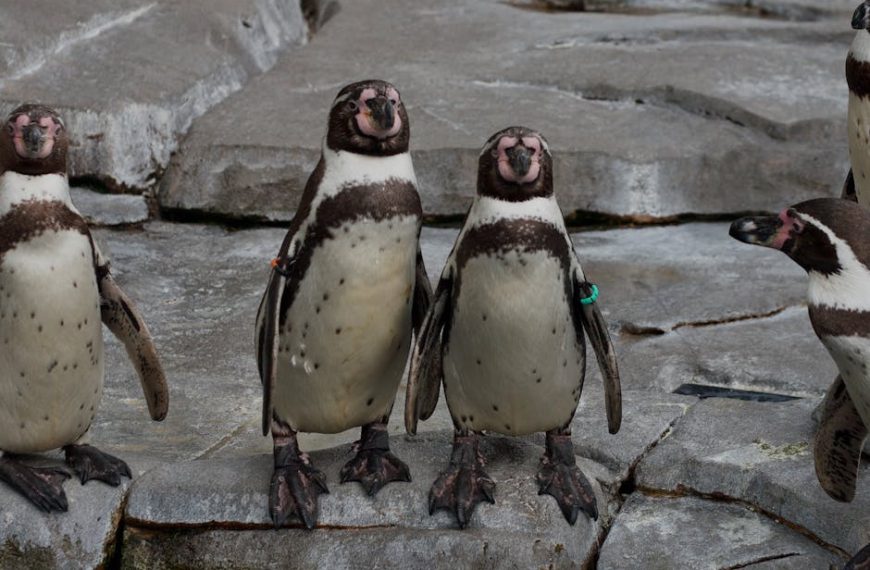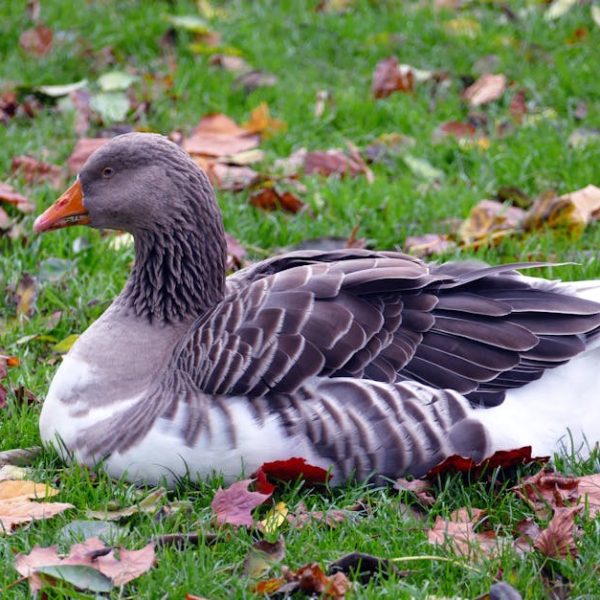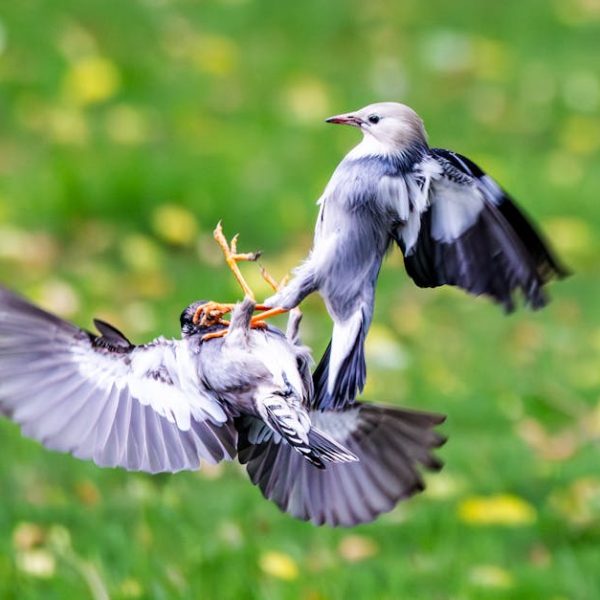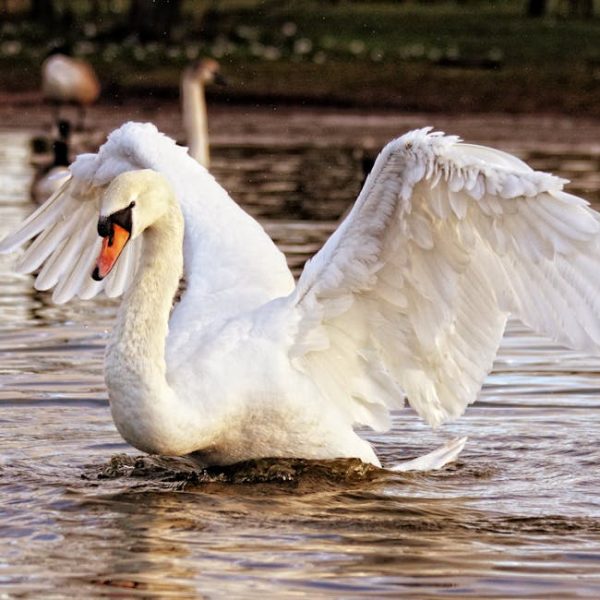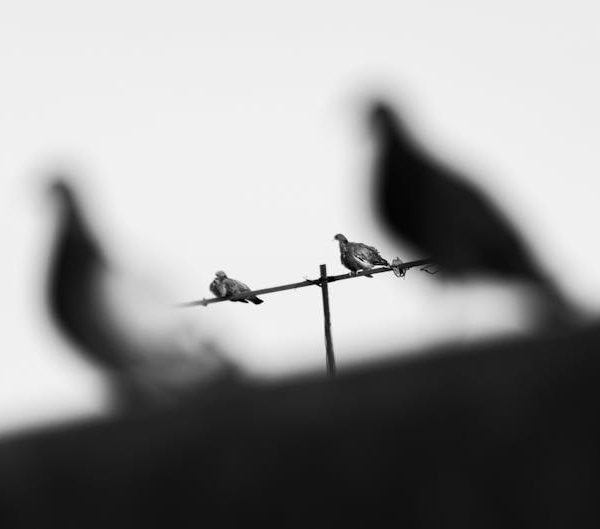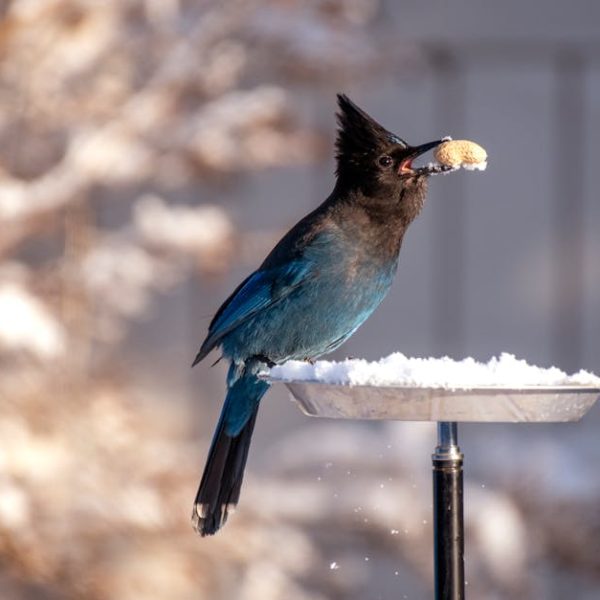Have you ever watched a bird flutter in the dirt, rolling about with wings outstretched as if in a state of exuberant joy? This is not a peculiar display of bird madness, but rather a behavioral feature shared by many bird species: avian dust bathing. Dust bathing – a dance-like ritual where birds vigorously fluff their feathers in the dirt and then shake themselves off – is not just an interesting spectacle but an important part of bird grooming and health maintenance. This article will investigate the reasons behind this behaviour, its benefits to bird health, potential hazards, and unravel the fascinating discoveries from modern research.
The process of Avian Dust Bathing
Observing the dust bathing ritual can be both amusing and intriguing. This routine starts with a bird identifying a suitable patch of dry, loose dirt. After creating a shallow depression, the bird settles into it, leaning to one side, fluffs up its feathers, and starts to flick dirt particles over its body. This is done using a rapid, massaging motion with its wings. The bird might also peck at the ground, using its beak to toss dust onto its back. The finale of this act is a vigorous shake-off, dislodging the dust from its plumage.
Reasons Birds Engage in Dust Bathing
There are compelling reasons why birds voluntarily cover themselves in dirt. For one, dust bathing is critical for maintaining feather health by removing oil build-up, dandruff, dead skin, and other debris. By massaging dust particles into their plumage, birds can effectively alleviate itch and irritation induced by such materials. Dust bathing also plays a vital role in parasite control as the dust can suffocate external parasites like lice or mites living in a bird’s feathers. Another proposed reason for dust bathing is thermoregulation: the dust may help to cool down the bird’s body by blocking sun rays or aiding in moisture evaporation.
🔹 Checklist of reasons for dust bathing:
- Maintaining feather health…
- Parasite control…
- Thermoregulation…
In contrast to popular perceptions like dust bathing being a sign of an anxious or distressed bird, scientific studies have offered compelling evidence for the reasons mentioned above. Major discrepancies between perceptions and research findings underline the importance of supporting bird behaviour knowledge with robust scientific data.
The Role of Dust Bathing in Bird’s Health
Dust bathing is not just a quirky bird behavior but also a crucial part of avian health management. Regardless of their habitat – whether wild or domestic – a multitude of bird species, including chickens, sparrows, thrushes, and doves, exhibit dust bathing. Consistent dust bathing promotes plumage integrity, essential for flight and insulation. It also disrupts parasite life cycles, enhancing the bird’s comfort and overall health. Even more so, continued dust-bathing behavior could be a sign of a bird’s wellbeing, both physical and mental, and an indication of a suitable environment.
Best Practices for bird owners include:
- Facilitating dust bathing by providing a dust bath bin or a designated area in your yard.
- Using bird-safe dust such as sand or non-toxic diatomaceous earth.
- Keeping a close eye on your pet bird during dust bathing sessions to ensure they are not ingesting unsafe elements.
- Regular cleaning of dust bath areas to prevent build-up of feces or parasites.
The potential hazards of dust bathing to birds
Like any behavior, dust bathing can also pose potential threats to bird health. The most common concern is ingestion of harmful objects or substances present in the bathing soil. These may range from parasites and pathogens to inorganic compounds like pesticides. Additionally, excessive or obsessive dust bathing behavior may indicate an underlying health issue, such as skin inflammation or an infestation.
Tip: Keep an eye out for a marked increase in dust bathing frequency or intensity. Should any irregularities be observed, consult with a vet explicitly.
Modern research on avian dust bathing
Research on avian dust bathing is a fascinating field, and recent studies have only deepened our understanding. For instance, investigations on captive birds suggest a link between dust-bathing frequency and a bird’s overall welfare. Other studies highlight the complexity of dust bathing behaviors, suggesting its influence by various factors such as environmental conditions, bird’s age, and species-specific characteristics.
Best Practices: Researchers and bird owners can use such findings to:
- Develop appropriate bird care routines.
- Improve living conditions for captive birds.
- Inform conservation efforts for wild bird species.
- Broaden our general understanding of avian biology and behavior.
In conclusion, avian dust bathing, a simple yet intriguing behavior, carries significant implications for bird health, welfare, and survival. By deepening our understanding of this behavior, we can promote healthier and enriching environments for both wild and captive birds.
Key Takeaway:
- Avian dust bathing is a behavioural feature shared by many bird species which is crucial for maintaining bird health and overall well-being.
- Bird species engage in dust bathing primarily for maintaining feather health, controlling parasites and regulating body temperature.
- While dust bathing plays an integral role in a bird’s life, it also may pose potential hazards. Therefore, bird owners should monitor their pets’ dust bathing habits and take necessary precautions to prevent any harm.
- Recent scientific research on avian dust bathing provides fascinating insights that can guide bird care routines and contribute to conservation efforts.
As we understand more about these varied nuances in bird behaviors, we appreciate the complexity of avian life. Bird dust-bathing is a significant contribution to avian health care regimen, making it a valuable study area for bird owners and researchers alike. With knowledge and understanding, we can ensure they have a healthy and enriched experience whether in the wild or captivity.
FAQs
Q: How often should a pet bird be allowed to dust bath?
A: It’s best to let your pet bird dictate their dust bathing schedule, as frequency can vary with species, environment and individual preferences. Ensure they always have access to a designated dust bath area.
Q: Can I use any type of dirt for my pet bird’s dust bath?
A: Ideally, use bird-safe dust such as sand or non-toxic diatomaceous earth. Avoid soils with potential harmful substances like pesticides.
Q: Are there alternatives to dust for my bird’s bathing needs?
A: Yes, many birds also enjoy water baths. Consider providing a shallow dish of water for bathing in addition to a dust bath area.
Q: Do all bird species engage in dust bathing?
A: While many bird species have been observed dust bathing, it’s not a universal behavior. Some species prefer water bathing or other grooming methods.
Q: Does dust bathing mean my bird is distressed?
A: Not necessarily. Dust bathing is typically a normal, healthy grooming behavior. If you notice excessive or obsessive dust bathing, it might be a sign of an underlying problem, and you should consult with a vet.
If you found this article informative, feel free to share this article and explore more posts on our website for more bird knowledge!
